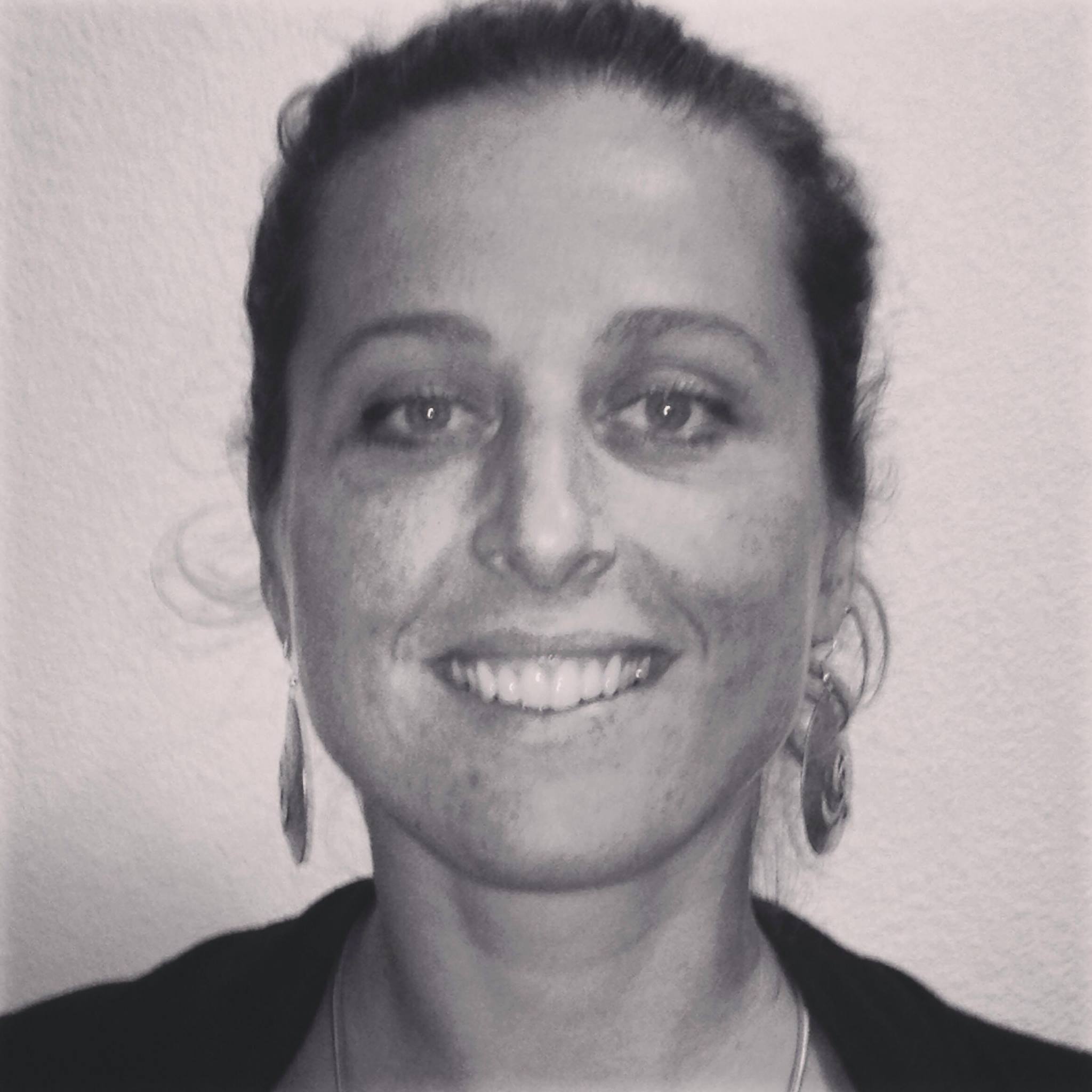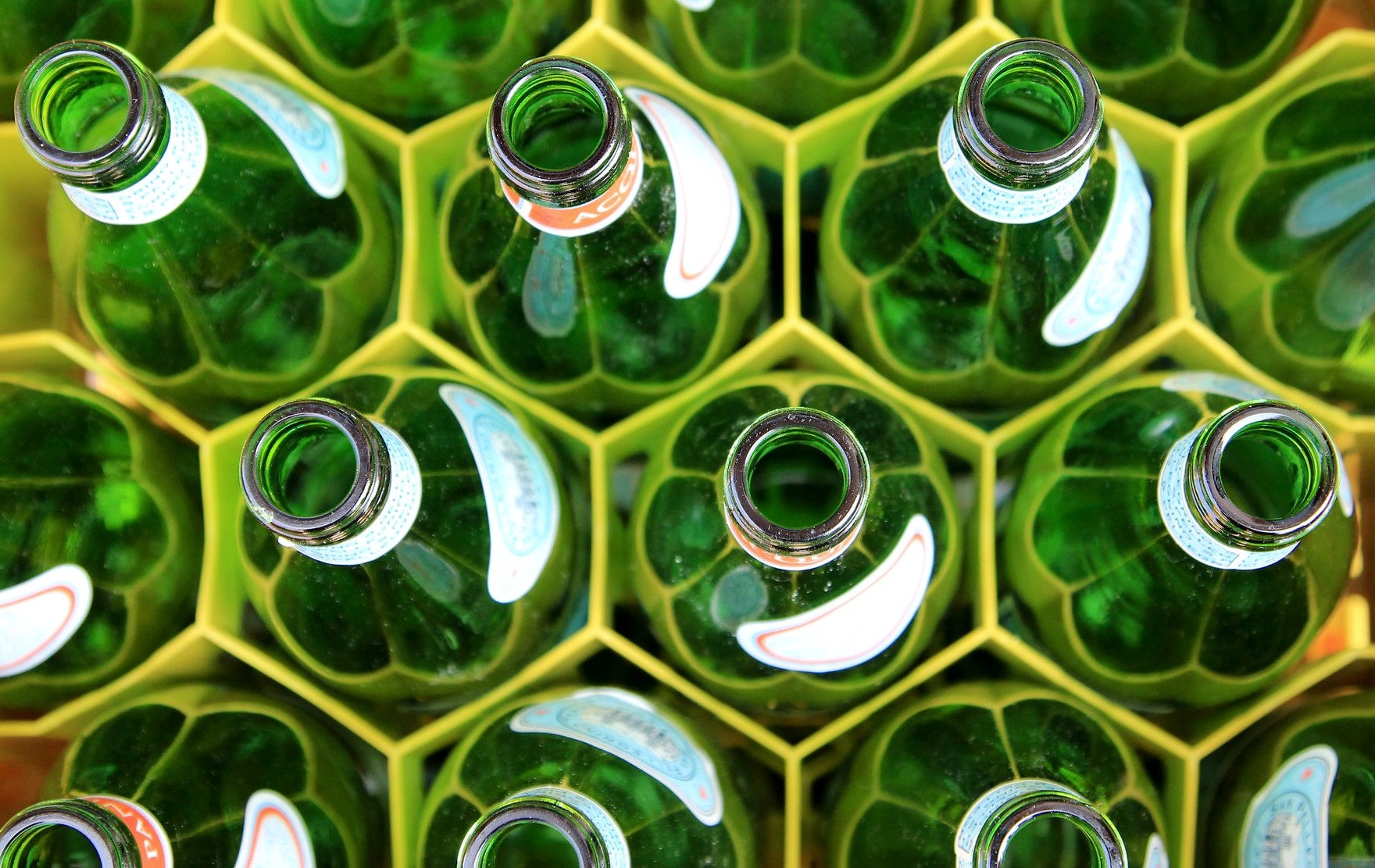Many experts identify Deposit Return Schemes (DRS) as a key way of reducing the production of single-use packaging waste, especially in the food and drinks sector. The mechanism is simple: encourage consumers to return empty bottles and containers by asking for a small additional payment at the point of sale, which they get back upon returning the empty packaging. The solution is a win-win for everyone, but it has not always been easy to implement. Nonetheless, there are many successful cases from all over the world.
Deposit Return Schemes since 1970
The world’s first legally binding Deposit Return Scheme for single-use drinks containers was introduced in 1970 in British Columbia, Canada. Customers were required to pay a deposit at the point of sale when buying a bottle or can, and the money was returned to them in full when they brought the empty container back to a collection point. Fifty years on, Depository Return Systems (also known as Deposit Return Schemes, DRS) are present in 46 jurisdictions, including several Canadian provinces and Australian states, 10 federal US states, 10 European countries, Israel, and some Caribbean countries. Single-use containers made from plastic, glass, and metal are recovered through these schemes. Fifteen other countries have announced their intention to introduce similar schemes in their jurisdictions by 2023. According to the Global Deposit Book report, published in December 2020 by Brussels think-tank Reloop Platform, when DRS will be implemented in these additional countries, approximately half a billion people in the world’s most developed nations will have the opportunity to be rewarded for returning plastic, glass, or metal containers.
Europe: Lithuania leads the way, Italy left trailing
Europe’s first Deposit Return Scheme was introduced in Sweden in 1984. The system launched in Lithuania in 2016 is considered one of the best in the world, leading to the recovery of 70% of drinks containers in its first year, and 90% in the second year. Deposit Return Systems are already active in 10 European countries, and 12 additional countries have voted in favour of legislation to introduce similar schemes by 2022 or 2023. Nine countries are discussing what type of deposit system to adopt, and how it should be organised. Only the Czech Republic, Bulgaria, and Italy have not yet started a debate regarding the introduction of DRS on their territory.
Larger deposit equals higher return rate
Comparing different Deposit Return Systems, the Global Deposit Book established that a more expensive deposit equates to higher rates of return. With deposits worth less than 7 US cents per container the average return rate is 68%, rising to 81% with deposits between 7 and 9.9 cents, and to 88% with deposits between 10 and 15 US cents (or higher). Europe boasts some of the world’s most successful programmes, with return rates as high as 94% and deposits equalling 15 US cents or higher.
The collection systems for used containers are another decisive factor in the success of DRS. In Europe, almost all collection systems are based around a return-to-retail model. This means that drinks retailers are legally responsible for the recovery of empty containers, which are then either reused or recycled. Alternatively, a return-to-depot system might be in place: these are more popular in the US and Canada - Iceland is the only European country to use this model - and involve consumers returning empty containers to a collection centre.
Reloop Platform’s research shows that the average collection rate for return-to-retail schemes is 89%, while the return-to-depot model averages 81%. According to the authors, return-to-retail works better because it is more convenient for consumers and more advantageous for retailers. This is because consumers are incentivised to return to the point of sale upon returning the containers, and retailers themselves receive a handling fee and benefit from improved brand image thanks to their participation in the scheme.
Stakeholders in the DRS chain
In addition to the difference between return-to-retail and return-to-depot, Deposit Return Schemes can have many different organisational aspects, including the costs covered by various stakeholders in the scheme and the level of involvement of local authorities in managing the scheme itself. These factors are examined in the Extended Producer Responsibility for Packaging and Paper Products report, published by the Product Stewardship Institute in March 2020.
According to Reloop Platform, the model that works best is a centrally administered return-to-retail system, where the operator (or administrator) is a not-for-profit organisation made up of various stakeholders. This administrator is responsible for managing the deposits, avoiding costs for local authorities. This model has four main stakeholders: consumers, retailers, drinks producers, and the system operator. There are also four main cash flows: the deposit flow, passed among the various stakeholders and always fully refundable; the EPR contribution paid by producers to the system operator, which in turn becomes a handling fee for retailers; the system operator’s earnings from the sale of collected materials, which are used to cover operational costs; and, finally, unclaimed deposits, which arise when a consumer does not return empty containers and are used by the system operator to fund awareness campaigns. System operators can gather information on the number of non-returned containers even without knowing the number of products that were originally sold, thanks to the barcodes on the container, which store information about the brand, volume, material composition, and deposit value for the product.

A Reverse Vending Machine by TOMRA
Automatic collection: Reverse Vending Machines
When consumers return their empties, retailers can either collect them manually or install Reverse Vending Machines (RVM), which automate the collection of empty containers and sort these according to their material composition. Some RVMs even function as a waste compactor, crushing containers so they take up less space. TOMRA, founded in a small village in Norway in 1972, is the leading global producer of RVMs. There are 82,000 TOMRA Reverse Vending Machines spread across 50,000 stores in 40 different countries. “Our machines are used in all the countries with the best collection rates”, Filippo Montalbetti - Vice President of TOMRA’s Governmental Affairs office in Central Europe - explains to Renewable Matter. “TOMRA operates in Europe, the US, Canada, and Australia, but we are not present in developing or transitional countries. To achieve an efficient Deposit Return System, it is vital to have a law that requires deposits, precise collection goals, and sanctions in place if those goals are not met”. Incentive systems - Montalbetti adds - such as discount coupons or store credits only work in the short term, and they do not facilitate the development of a long-term business plan.
TOMRA, therefore, is interested in countries that implement a law requiring deposits. In these cases, drinks distributors - read supermarkets - purchase RVM technology. TOMRA offers several machine types that vary in terms of size, the ability to separate different materials, and the option for waste compacting. Depending on store size and business type, retailers can decide whether to purchase or rent RVMs. If they choose the latter option, TOMRA retains a small sum of money for every container that is collected. Montalbetti explains that, with the current technology, it is possible to collect all types of material, even Tetra Pak - for which, in Europe, no country currently legally mandates collection through a DRS. Reverse Vending Machines can also return deposits to consumers via electronic transfer, a useful option to limit contacts during the Covid-19 pandemic.
We need Deposit Return Schemes for more than just drinks
A study by the European Court of Auditors suggests that the legally mandated introduction of DRS for PET drinks containers in every European country could be a crucial tool in reaching the minimum collection requirements established in the Single-Use Plastics (SUP) directive (77% by 2025 and 90% by 2029).
According to Zero Waste Europe, legally mandated Deposit Return Systems should be applied to all types of materials (plastic, glass, aluminium, etc.) and not be limited to drinks containers but extended to include coffee cups and food containers.
In May 2020, South Korea introduced a deposit system for coffee cups and takeaway food containers. As reported in an article in the Korea Herald, the DRS should be implemented starting in 2022, and, according to Korea’s environment ministry, the new law will also help reduce CO2 emissions by 66%, providing an important contribution to mitigating climate change. Furthermore, according to the Korea Herald, the economic benefits of the plan will amount to 36 million USD per year, and inconvenience to consumers would be reduced because the ministry will liaise with producers and distributors to ensure that cups can be returned all over the country.
Common sense: when container reuse works without legislation
India does not have a DRS law, but there is a widespread lunchbox delivery and return system - known as Dabbawala - that provides hot, homemade or restaurant meals to workers. Dabbawala is especially common in Mumbai, where every day over 200,000 takeaway meals are served in a distinctive tin or aluminium container - known as tiffin boxes or dabba. These are then collected, cleaned, and returned to homes and restaurants in the evening to be reused the following day. According to a Harvard University study, the Dabbawala organisation achieves very high-performance service with a simple, low-cost operation. The system works so well that even FedEx, one of the world’s largest logistics companies, travelled to Mumbai to study the Dabbawala system.
However, Dabbawala functions so well because the tiffin boxes are not made with low-value materials designed to be single-use. Dabbas are built with common sense, in a manner befitting the circular economy.



